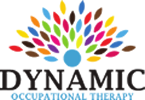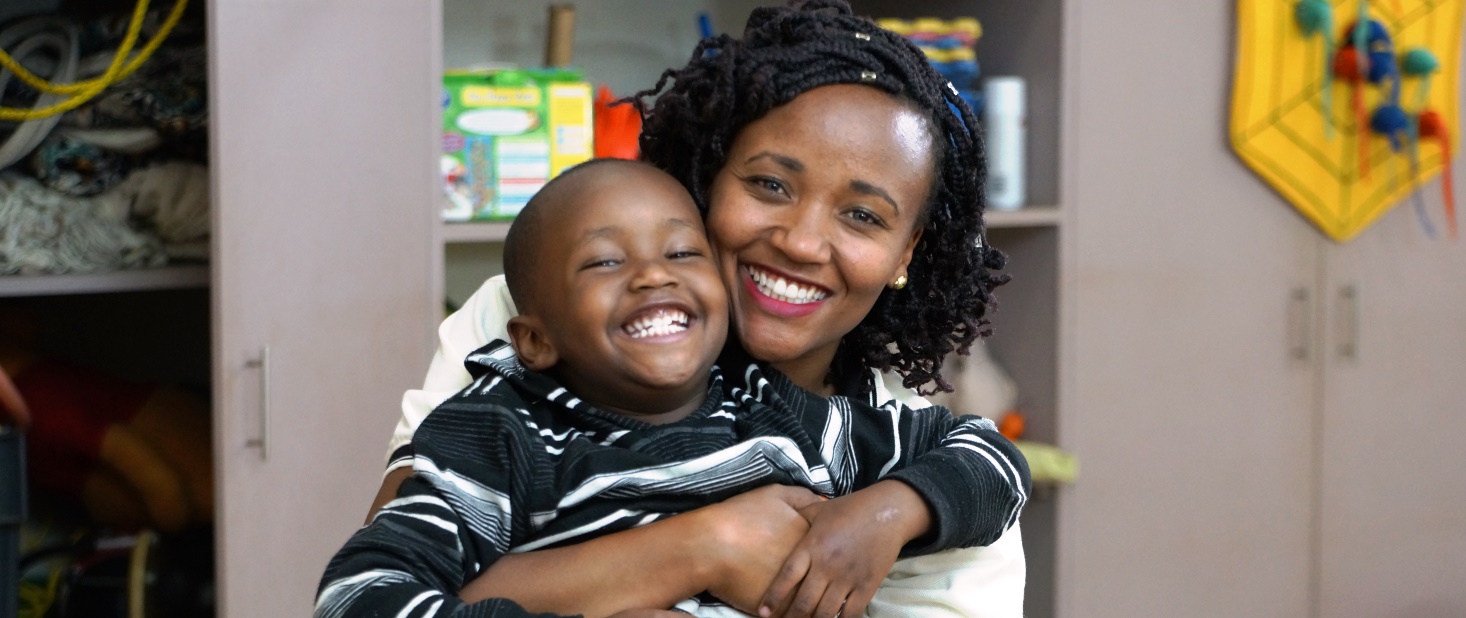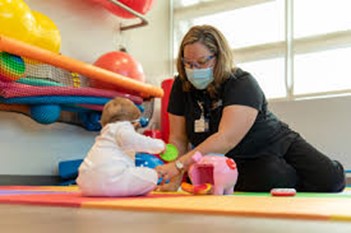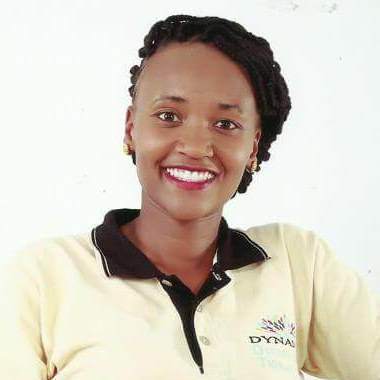No products in the cart.
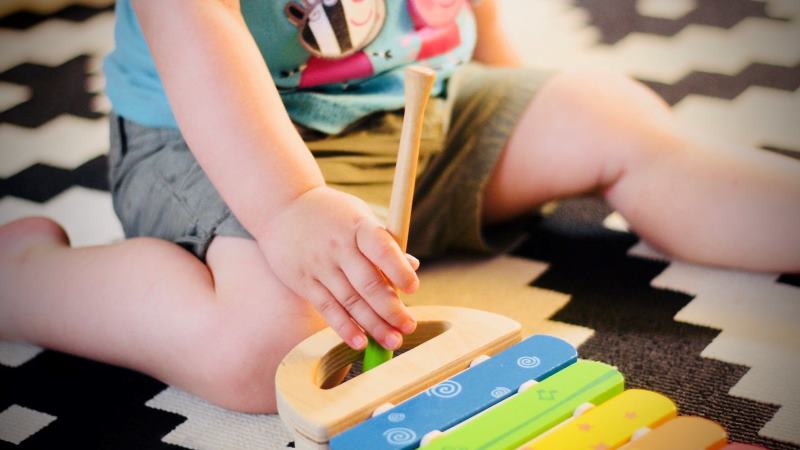
Cerebral Palsy is a group of permanent disorders of the development of movement and posture that causes motor function limitation.
Depending on the area affected in the brain, the small movements of the hands and fingers are affected. During the intervention, the focus will extensively involve the repetitive performance of new and challenging tasks that utilizes fine motor functions.
What guides the choice of activities?
The choice of fine motor activities for children with Cerebral Palsy relies on the quality of muscle tone, locale of brain lesions, and disorder distribution. Consideration of the child’s age and interests of the child is essential.
Cerebral Palsy has different classifications;
Spastic Cerebral Palsy
Children with spastic Cerebral Palsy experience tight muscles and exaggerated/Jerky movements. It is critical to ensure that the fine motor tasks target specific wrist, forearm, thumb, and upper body muscles. Games such as hitting a pile of blocks or hammering can be fun for the kids.
Athetoid Cerebral Palsy
Children with athetoid Cerebral Palsy experience a fluctuation between unusually high muscle tone (hypertonia) and unusually low muscle tone (hypotonia). These will result in involuntary movements of the hands and arms, making it hard to engage in fine-motor tasks. Fine motor remediation will aid the child in participating in day-to-day tasks such as holding and manipulating objects. Assistive devices can be of great help; occupational therapists would best guide on which works best.
Ataxic Cerebral Palsy
Kids with Ataxic Cerebral Palsy commonly experience tremors and a reduction in muscle tone. During a fine motor task, they will experience poor coordination due to a loss of strength and firmness in the muscles. Games such as throwing and catching a balloon/ball are great for building coordination.
Hypotonic Cerebral Palsy
This type of cerebral Palsy presents with low muscle tone. The muscles lose strength and firmness, making engaging in fine motor tasks extra hard. Activities such as modeling with play-doh or playing with putty is great.
Mixed type Cerebral Palsy
It occurs when a child shows symptoms of two or more types of Cerebral Palsy. Mostly one will see a combination of spastic and athetoid cerebral Palsy. Remediation will focus on the symptoms presented.
Always remember to make the activities fun, functional, and age-appropriate.
